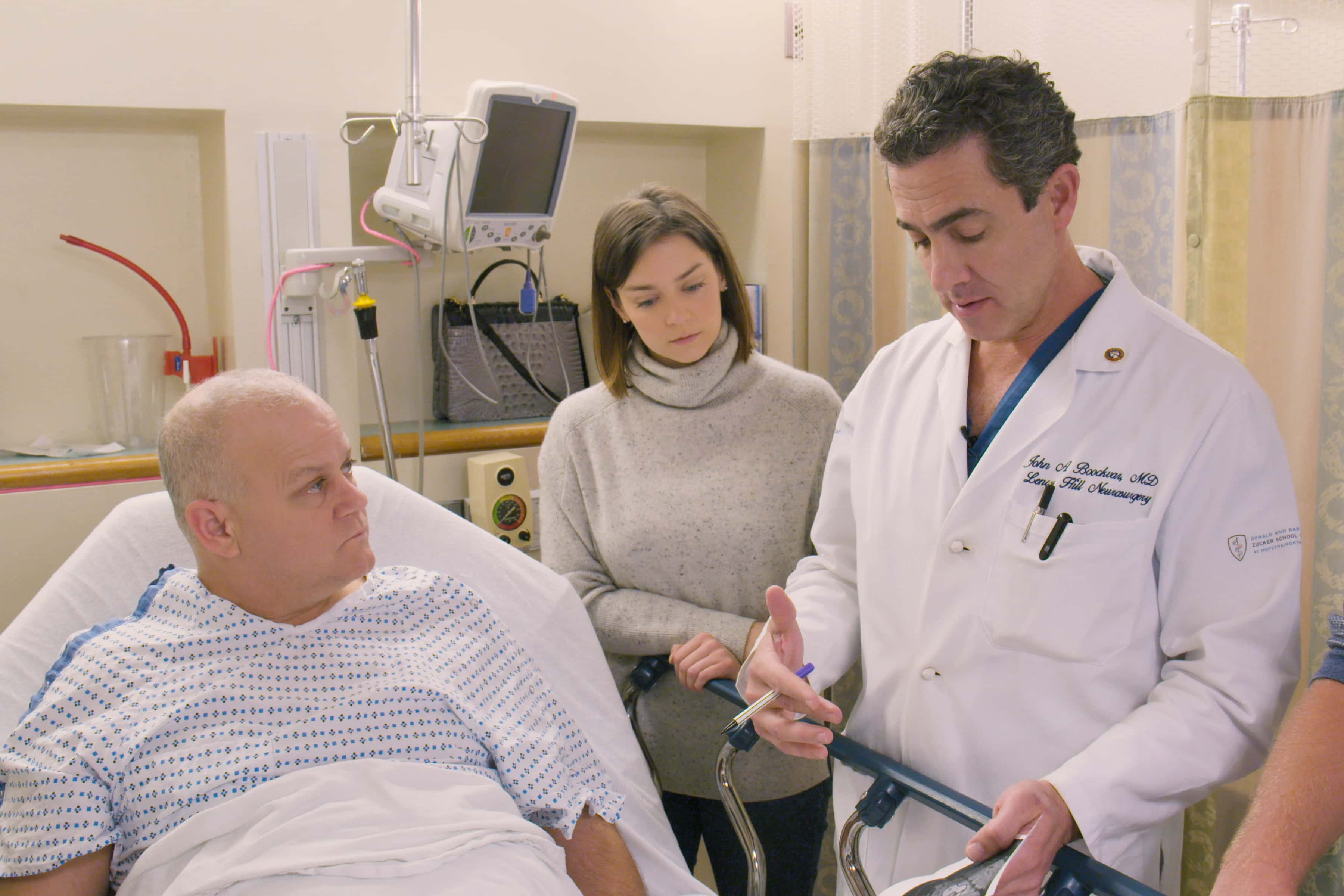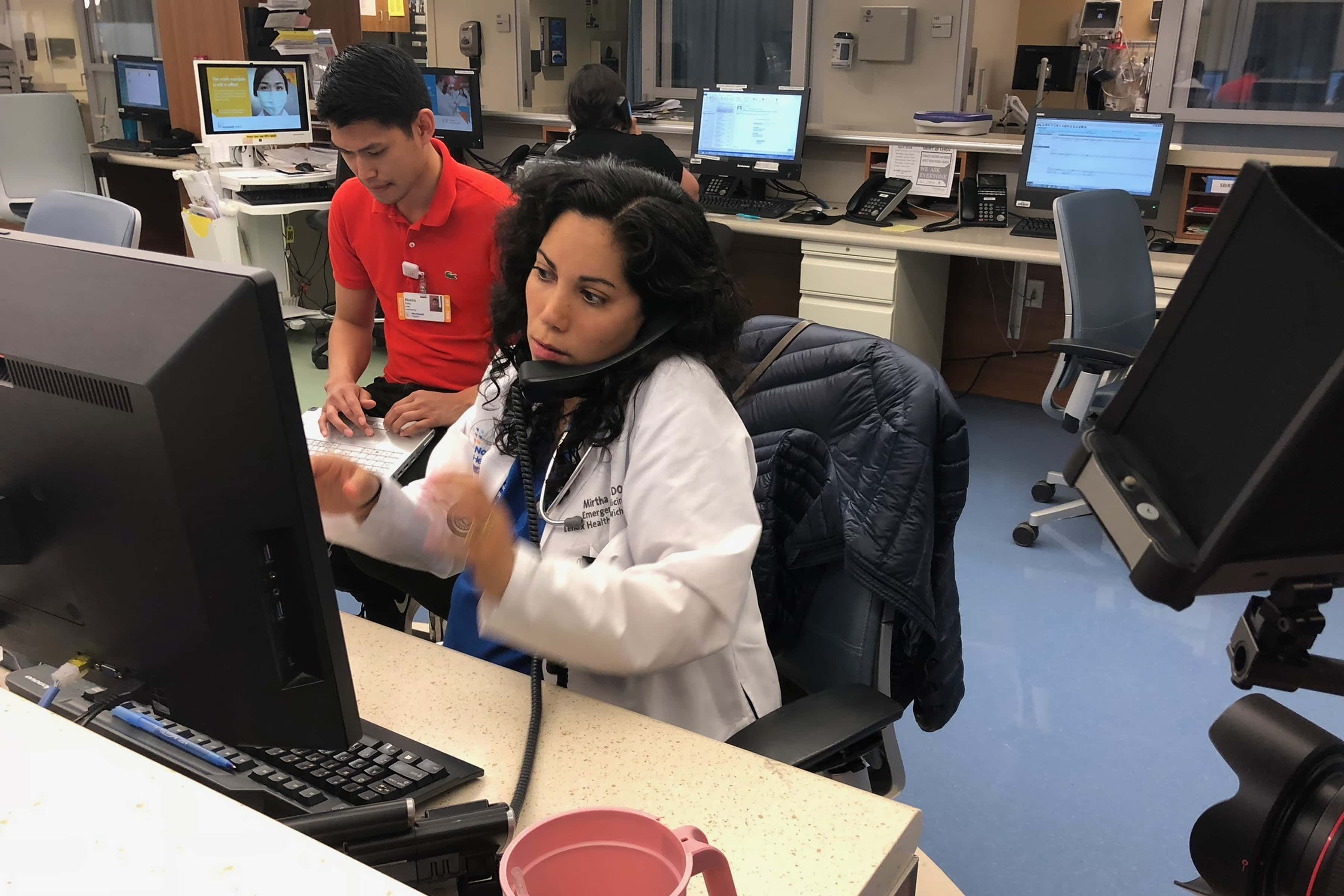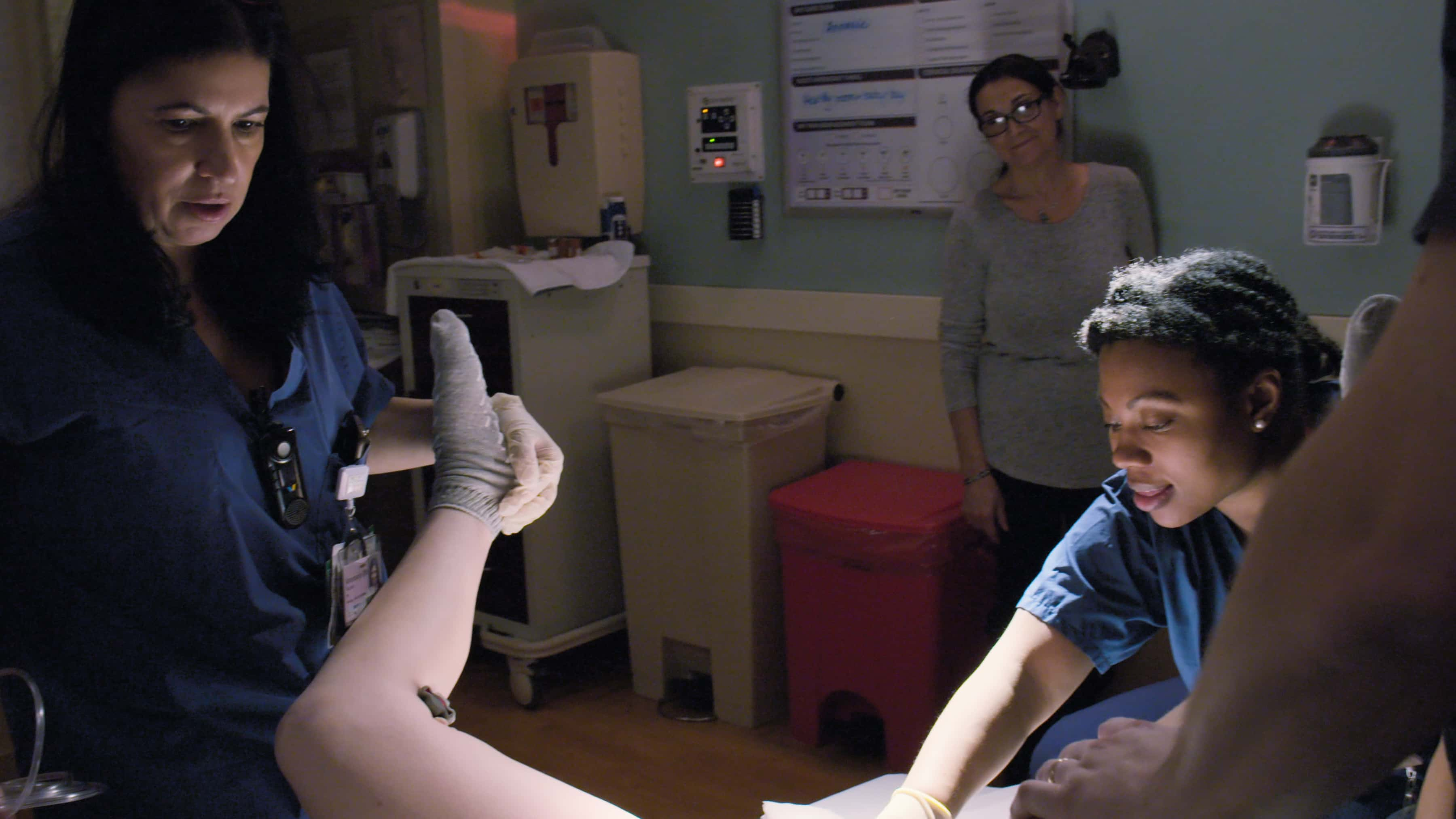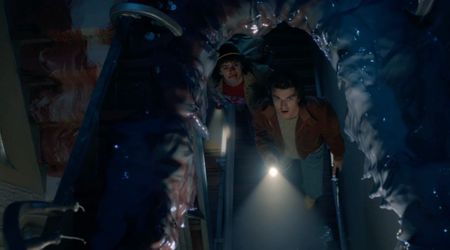'Lenox Hill' shows what makes doctors tick from battles personal and bureaucratic to a seen-it-all approach

'Lenox Hill' is the sort of documentary series you mull over after you've finished watching it, especially in these times of COVID-19. Set in New York's busiest hospitals, the documentary series, directed by Ruthie Shatz and Adi Barash, shows what it is like to be on the "frontlines" of practicing medicine.
It follows four doctors, two of whom are surgeons -- Dr. David Langer, chair of the neurosurgery department at Lenox Hill and his vice-chair, Dr. John Boockvar, who also specializes in neuropharmacology.

On the medicine side of things is ER doctor Dr. Mirtha Macri, and Dr. Amanda Little-Richardson, an OBGYN resident in her final year of residency. In a twist, both these women are also pregnant and we see their journeys of pregnancy and giving birth, as the weather outside turns from summer to autumn to winter.
This is not the only time you see doctors become patients. You also have Dr. Mitch, heading the spinal surgery department, who has a subtle pissing match going on with Dr. Langer, being diagnosed with neck cancer. Since both Langer and Boockvar primarily deal with this 'king of maladies', cutting out cancerous tumors from patient's brains, "one cell at a time", they are absolutely thrown when a colleague is diagnosed with this disease.

Both these doctors then open up about how each of their respective fathers' deaths affected their calling in life and has affected how they practice medicine. Their efforts and the miracles they perform everyday seem to be echoes of what they could not do for their own fathers.
In the self-contained universe of Lenox Hill hospital, you rarely see these doctors step outside and only see glimpses of the sun and the Upper East side neighborhood when they rush through the hospital's sunlit corridors or step out to go home after long hours.
And yet, it is not claustrophobic. Instead, over eight episodes you get immersed into this community of doctors and patients. Anyone who has had a family member battle a serious disease will know how the hospital becomes a home of sorts with doctors and nurses becoming faux family members.
Both Dr. Langer and Dr. Boockvar keep comparing patients to their own daughters, sons, parents, relatives. It might be a calming technique where patients feel reassured, but the doctors also back it up with a sort of commitment and drive that seems superhuman. Boockvar's work in particular is fascinating because he takes experimental theories proposed by research scientists like using bacteria to target cancer cells and runs clinical trials to apply these theories to real-life cases.
Dr. Langer as the chair, on the other hand, has to deal with trying to juggle material resources (his department has only one OR and he gets increasingly irate about being accused of 'stealing attendants'). While he deals with what he calls "bureaucratic BS", he also conducts high-risk surgeries every day as the lead doctor, and also oversee the training of the next generation of doctors.

Dr. Mirtha Macri's ER beat during the night brings her face to face with the homeless, the crazies, the depressed, the abandoned, and those in pain who have nowhere else to go. Macri, a typical New Yorker, seems to draw energy from the interactions of "meeting strangers", chatting them up to get vital information to treat them. She also "advocates" for her patients, especially around insurance and accessible healthcare, when they are too marginalized to do it themselves. She is often seen arranging for things like metro cards or get prescriptions filled like for one unfortunate asthma patient who has to come to the ER because her insurance doesn't cover her inhaler brand. She sports a seen-it-all, non-judgmental attitude as she treats "whoever walks through the doors with whatever". The ER department is the most in touch with the city outside, as we see Dr. Macri step out to watch a Pride Parade and look at the crowds during Halloween.
Last but not the least, is Dr. Amanda Little-Richardson, the resident who believes in 10-minute power, staying on top of things, always, as she juggles a needy partner, pregnancy, the miracle of birth (that never grows old). It is fascinating to watch the women give birth on her watch. We also see later how despite coaching several women herself through the 'crowning' moment, Little-Richarson becomes anxious about giving birth, especially after her baby is diagnosed with 'Noonam's Disease', a rare genetic disease that could show up as hearing loss or learning difficulties.

With Little-Richarson, we also get an African-American perspective on being a female doctor of color treating patients of color in a hospital whose walls have pictures of generations of white men being doctors. She believes her lived experience as a black person makes a difference in how she practices medicine. Overall, it is an interesting documentary on what makes doctors and health-workers tick.
'Lenox Hill' premiered on Netflix on June 10.










